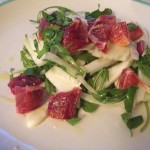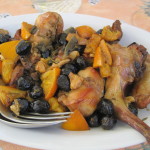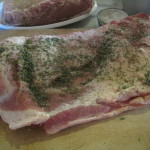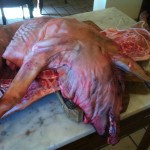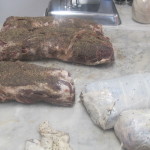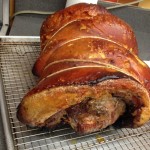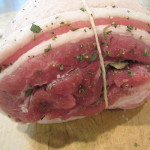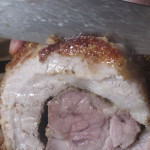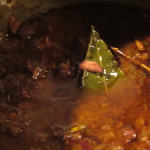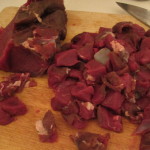 Indian Summer is my favorite time of year. Hot, clear and sunny days remind us of the summer that has passed and gives us one more chance to warm our bones in the sun before winter hits and envelops us in its cold, dry arms.
Indian Summer is my favorite time of year. Hot, clear and sunny days remind us of the summer that has passed and gives us one more chance to warm our bones in the sun before winter hits and envelops us in its cold, dry arms.
But it reminds us that cold weather is coming in earnest and holiday fun is soon to be enjoyed! For me, the cooler fall weather brings a most welcome change to the Italian Table with roasted meats, braised dishes and stews, warming soups and hearty pastas.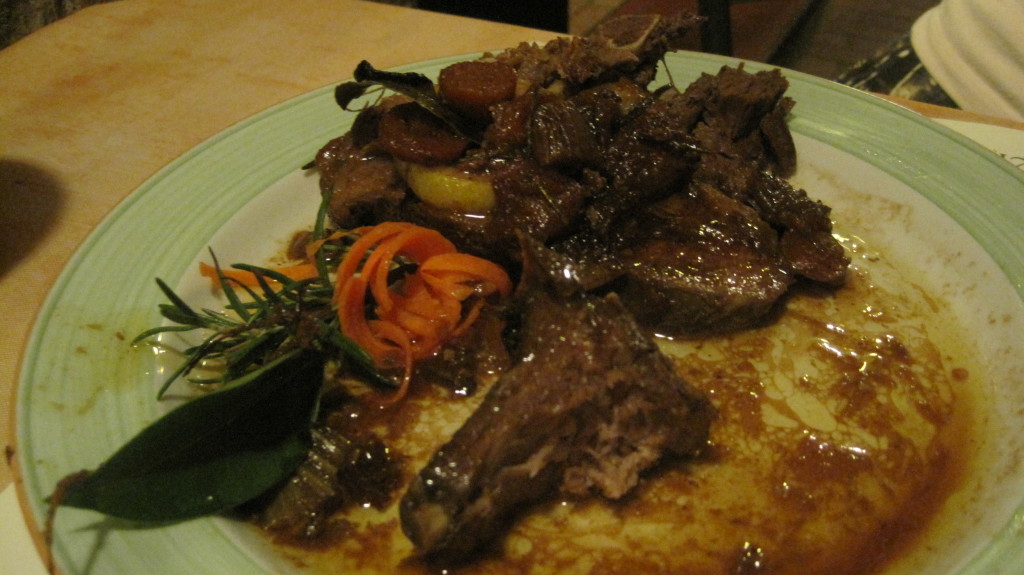
I love this time of year! The deeply flavored and long-cooked dishes I left behind in the spring when the weather lightened and warmed have been missed, and I welcome them back to my stove!
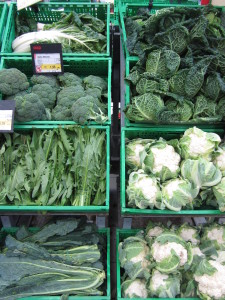 This season’s vegetables are visible in the farmers markets and stores: winter greens like kale and chard, pumpkins and winter squash, nuts and mushrooms all herald the harvest and the autumn. In Italy the grapes have been pressed into the fermentation tanks and they look to the olive trees to determine when harvest for the oil will begin. Chestnuts are falling in the woods and if the rain has cooperated, mushrooms and truffles are available too. October means deer season, with wild boar hunting not far behind.
This season’s vegetables are visible in the farmers markets and stores: winter greens like kale and chard, pumpkins and winter squash, nuts and mushrooms all herald the harvest and the autumn. In Italy the grapes have been pressed into the fermentation tanks and they look to the olive trees to determine when harvest for the oil will begin. Chestnuts are falling in the woods and if the rain has cooperated, mushrooms and truffles are available too. October means deer season, with wild boar hunting not far behind.
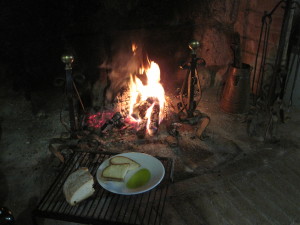 In Tuscany, this time of year means we relight the big fireplaces and use them to grill sausages and bruschetta to be served with cannellini beans cooked with rosemary and sage and new olive oil drizzled over all. Hearty braised stews with wild game and wild juniper are paired with rich polenta for a filling and satisfying meal.
In Tuscany, this time of year means we relight the big fireplaces and use them to grill sausages and bruschetta to be served with cannellini beans cooked with rosemary and sage and new olive oil drizzled over all. Hearty braised stews with wild game and wild juniper are paired with rich polenta for a filling and satisfying meal.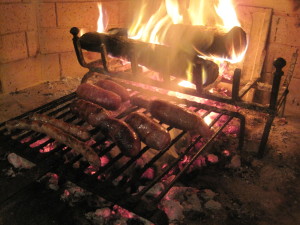
Some of my favorite dishes to cook are rich ragus of beef, pork and wild game serve with wide papparadelle, or rich pastas stuffed with mushrooms and cheese or butternut squash and nutmeg and served with a butter sage sauce.
Enjoy this return to the enveloping flavors of the Italian Table!

